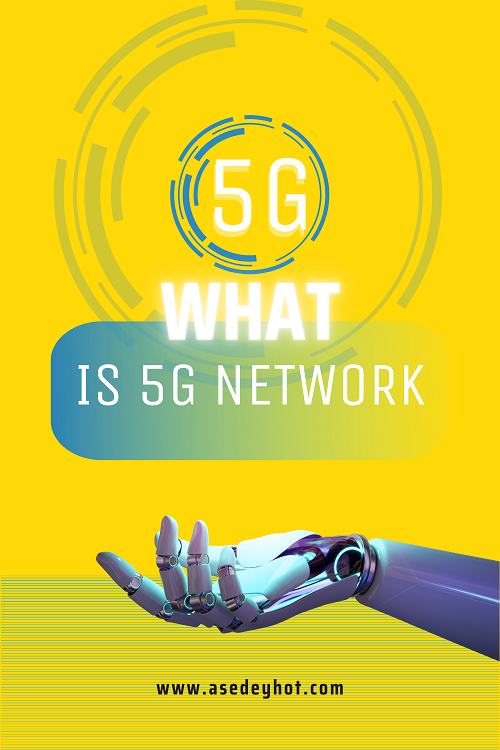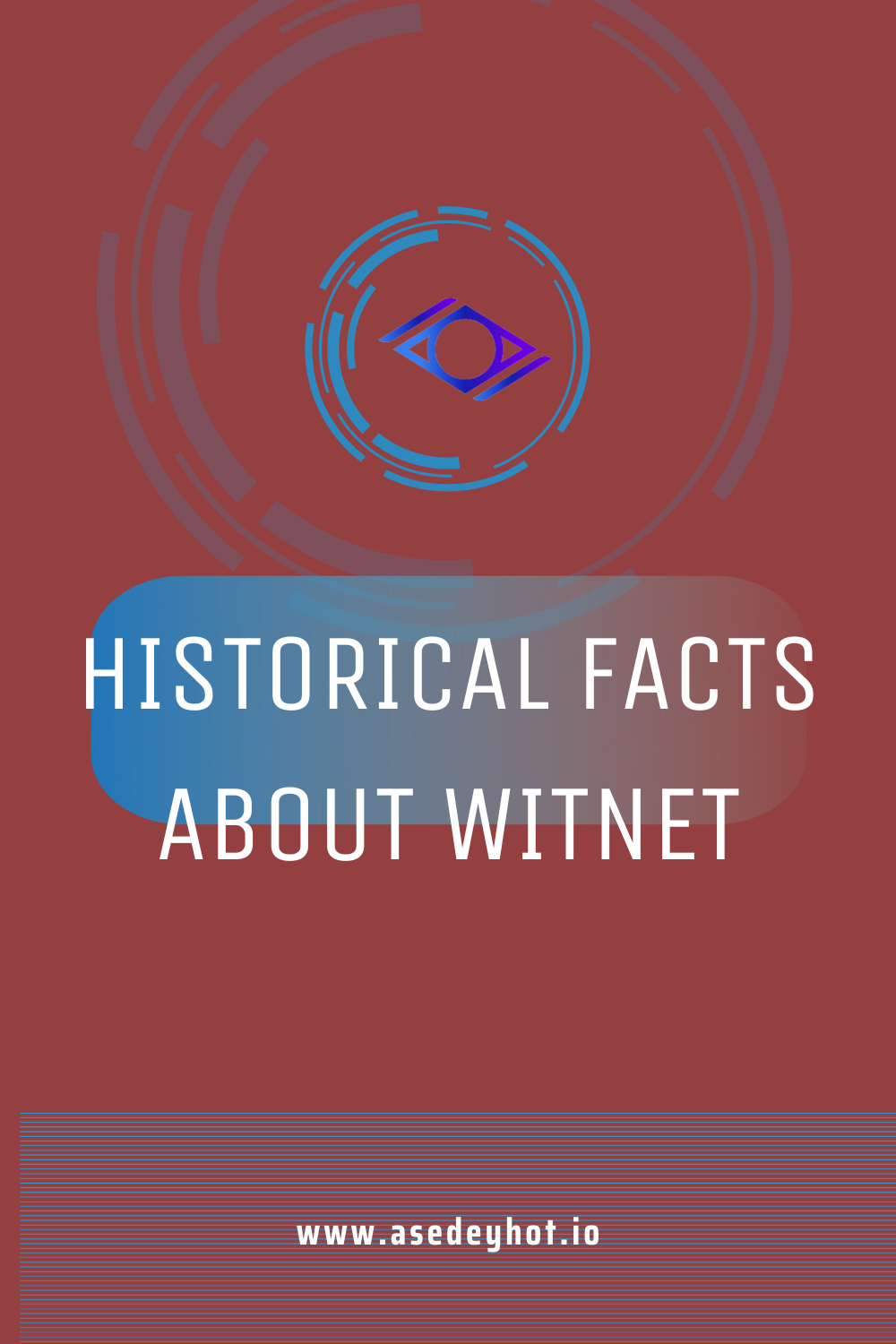What is 5G Technology
A lot of persons are still asking What is 5G Technology, this is a question not yet answered properly. This article will detail out What is 5G Technology, What is 5G Network Slicing and the Advantages of 5g Technology.

In the age of rapid technological advancements, 5G technology stands as a beacon of innovation, promising to revolutionize the way we connect, communicate, and interact with the world. This fifth-generation wireless technology, commonly known as 5G, is set to transform our lives in profound ways, offering lightning-fast speeds, ultra-low latency, and a myriad of applications that were once deemed science fiction. In this blog post, we’ll delve deep into the world of 5G technology, exploring its origins, capabilities, and the incredible potential it holds for the future.
Evolution of Wireless Communication
Before we dive into the specifics of 5G, it’s essential to understand its place in the context of wireless communication’s evolution. The journey began with the first-generation (1G) cellular networks in the 1980s, which were primarily focused on voice calls. Over the decades, we saw the emergence of 2G, enabling text messaging, and 3G, introducing mobile data and internet access. With 4G, the world witnessed the rise of smartphones and mobile broadband, transforming our daily lives.
What is 5G Technology?
5G is the fifth generation of wireless technology, poised to build upon the foundation laid by its predecessors. Unlike previous generations, 5G is not just an incremental improvement; it represents a quantum leap forward in wireless communication.
Here are some key characteristics that define 5G technology:
Ultra-Fast Speeds: 5G offers staggering data speeds, potentially reaching up to 20 gigabits per second. This is roughly 100 times faster than 4G, allowing for near-instantaneous downloads and lag-free streaming.
Low Latency: One of the most significant advantages of 5G is its ultra-low latency, often as low as one millisecond. This means that actions initiated remotely, such as remote surgery or autonomous vehicle navigation, can occur in real-time with minimal delay.
Massive Connectivity: 5G is designed to accommodate an exponentially higher number of devices per square kilometer compared to 4G. This is crucial for the growth of the Internet of Things (IoT) and the seamless integration of smart cities.
Reliability: With advanced error correction and redundancy mechanisms, 5G networks are incredibly reliable, making them suitable for mission-critical applications like industrial automation and healthcare.
Applications of 5G Technology
The potential applications of 5G are virtually limitless and span across various industries:
Enhanced Mobile Experiences: Faster download and upload speeds, along with low latency, will revolutionize mobile gaming, augmented reality (AR), and virtual reality (VR) experiences.
IoT and Smart Cities: 5G enables the proliferation of IoT devices, allowing cities to become smarter and more efficient by connecting everything from streetlights to traffic signals.
Healthcare: Telemedicine will benefit greatly from 5G, enabling doctors to perform remote surgeries with precision and monitoring patients in real-time.
Autonomous Vehicles: Self-driving cars will rely on 5G for instantaneous communication with traffic infrastructure and other vehicles, ensuring safe and efficient transportation.
Manufacturing: The manufacturing industry will see a significant boost in automation, with 5G enabling real-time monitoring and control of machinery and robots.
What is 5G Network Slicing?

Network slicing is a fundamental feature of 5G networks that allows a single physical network infrastructure to be divided into multiple virtual networks, each tailored to specific requirements and applications. In essence, it’s like having a network that can morph and adapt to different needs, ensuring optimal performance for every scenario.
How Does 5G Network Slicing Work?
Imagine a single 5G network infrastructure as a pie, and each slice of that pie represents a virtual network. Each slice has its own dedicated resources, such as bandwidth, latency, and security, which can be independently allocated and managed.
Resource Allocation: Network operators can allocate resources based on the unique needs of each slice. For instance, a slice dedicated to autonomous vehicles might require ultra-low latency, while a slice for augmented reality gaming might need high bandwidth.
Isolation: Slices are isolated from one another, ensuring that the performance of one slice does not affect others. This isolation is vital for applications that require high security or reliability.
Dynamic Management: Slices can be dynamically adjusted to accommodate changing demands. This means that during a large sporting event, for example, the network operator can allocate more resources to the slice serving the stadium, ensuring uninterrupted connectivity for fans.
Customization: Each slice can be customized to cater to specific use cases. This customization can extend to quality of service, security protocols, and network functions.
Advantages of 5g Technology
Blazing Fast Speeds
One of the most significant advantages of 5G technology is its lightning-fast speed. While 4G networks brought us quick internet connectivity, 5G takes it to a whole new level. With speeds reaching up to 10 gigabits per second (Gbps), downloading large files, streaming high-definition videos, and playing online games will be smoother and more enjoyable than ever before. This speed boost will open up new possibilities for immersive virtual reality experiences, augmented reality applications, and real-time 4K and 8K streaming.
Low Latency
Latency, the delay between sending and receiving data, is a critical factor for applications that require real-time interactions, such as online gaming, telemedicine, and autonomous vehicles. 5G technology significantly reduces latency, with some estimates suggesting it can be as low as one millisecond. This near-instantaneous response time will make remote surgeries, autonomous driving, and remote industrial control more reliable and feasible.
Enhanced Connectivity
5G networks can support a massive number of devices simultaneously. This improvement in connectivity is particularly crucial in an era where the Internet of Things (IoT) is becoming increasingly prevalent. With 5G, smart cities, smart homes, and smart factories will be able to manage countless connected devices efficiently and without network congestion.
Economic Growth and Innovation
The deployment of 5G technology is poised to stimulate economic growth and innovation across various industries. It will create jobs in telecommunications, software development, and infrastructure construction. Moreover, it will enable innovative applications and services that we can hardly imagine today. For instance, it can enhance remote education, telemedicine, and remote working, providing flexibility and efficiency in various sectors.
Improved Augmented and Virtual Reality
5G’s low latency and high bandwidth capabilities are tailor-made for augmented reality (AR) and virtual reality (VR) applications. From immersive gaming experiences to interactive education and virtual tourism, 5G will provide the necessary foundation for AR and VR to flourish. This will transform entertainment, education, and training methods, offering users immersive and engaging experiences.
Autonomous Vehicles and Smart Transportation
The automotive industry is on the cusp of a revolution, thanks to 5G technology. Autonomous vehicles rely on real-time data exchange, and 5G networks can provide the low latency and high bandwidth required for safe and efficient autonomous driving. Additionally, smart transportation systems, such as traffic management and vehicle-to-vehicle communication, will become more sophisticated, reducing congestion and accidents.
Environmental Benefits
5G technology isn’t just about speed and connectivity; it also has potential environmental advantages. The increased efficiency of 5G networks can lead to less energy consumption compared to previous generations of wireless technology. As more industries and cities adopt 5G for IoT applications, they can optimize resource usage, reduce waste, and improve sustainability.
Challenges and Concerns
While 5G holds enormous promise, it also comes with certain challenges and concerns. Some of these include:
Infrastructure Deployment: Building a robust 5G network requires significant infrastructure investments, including the installation of small cells and fiber-optic connections.
Security: The increased connectivity provided by 5G also presents new security vulnerabilities, requiring stringent measures to safeguard data and privacy.
Health Concerns: Some individuals have expressed concerns about potential health effects of prolonged exposure to 5G’s higher frequency electromagnetic radiation. However, research in this area is ongoing.
5G technology is poised to reshape the world as we know it. With its incredible speed, low latency, and massive connectivity, it will usher in a new era of innovation and connectivity. As we continue to embrace the opportunities and address the challenges of 5G, the future holds the promise of a world where technology seamlessly integrates into our daily lives, making everything faster, smarter, and more efficient.












